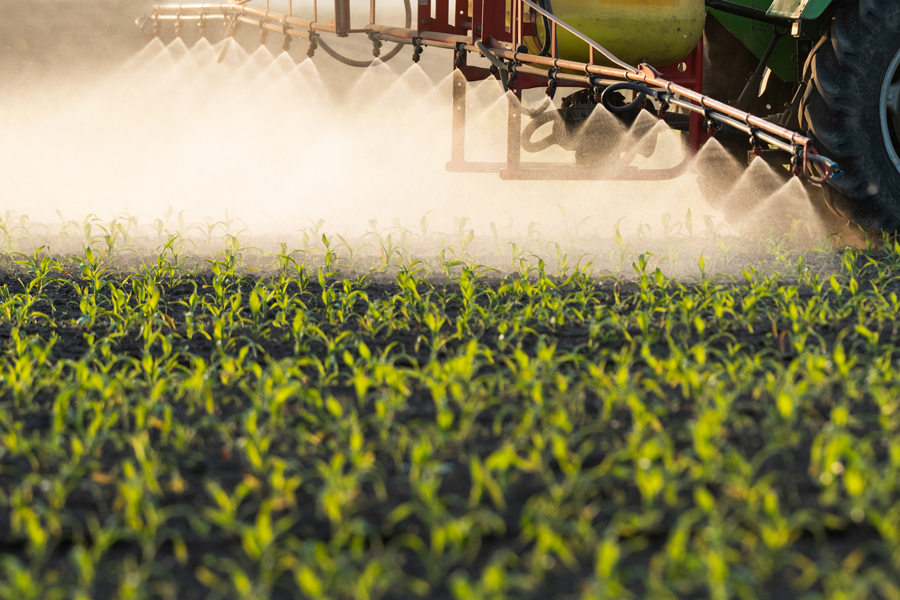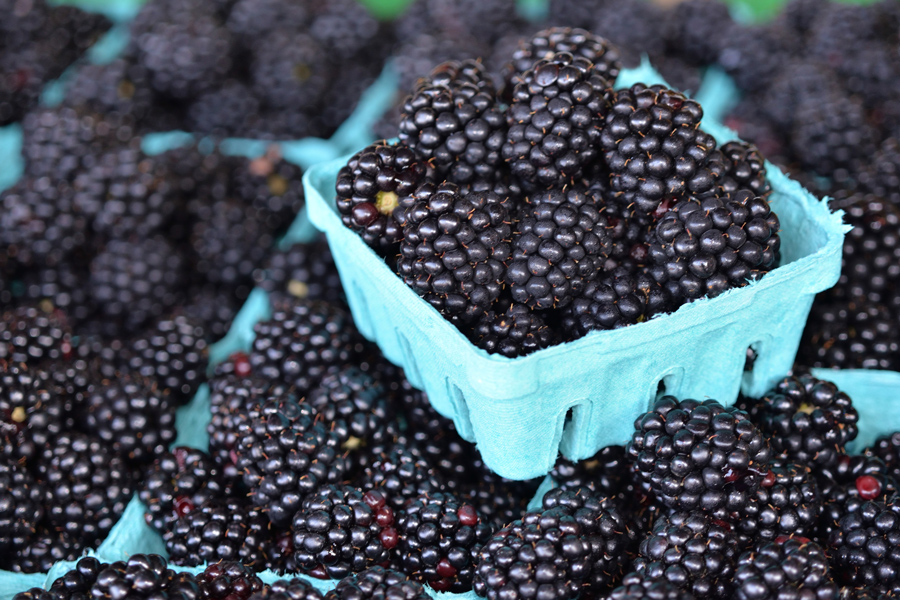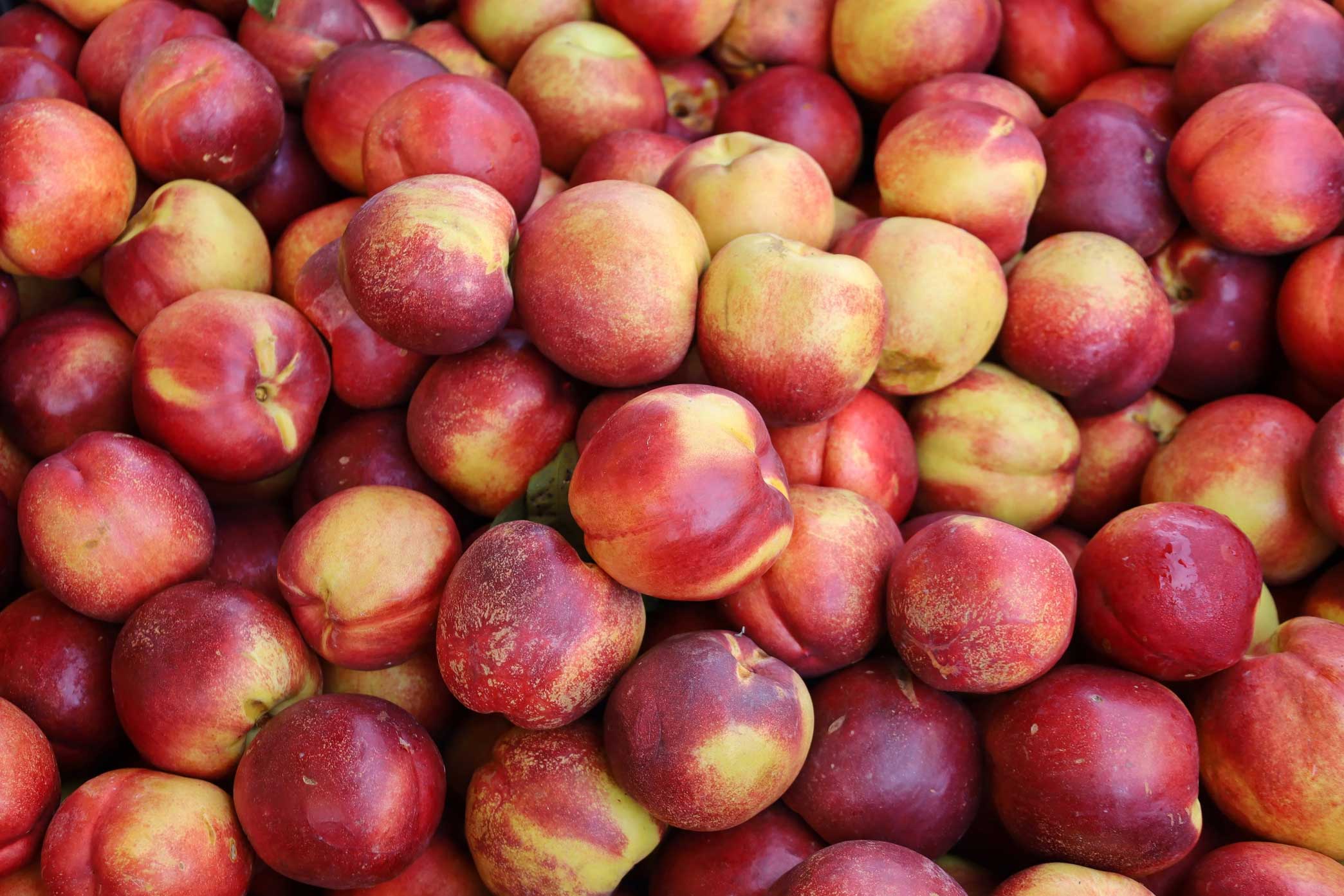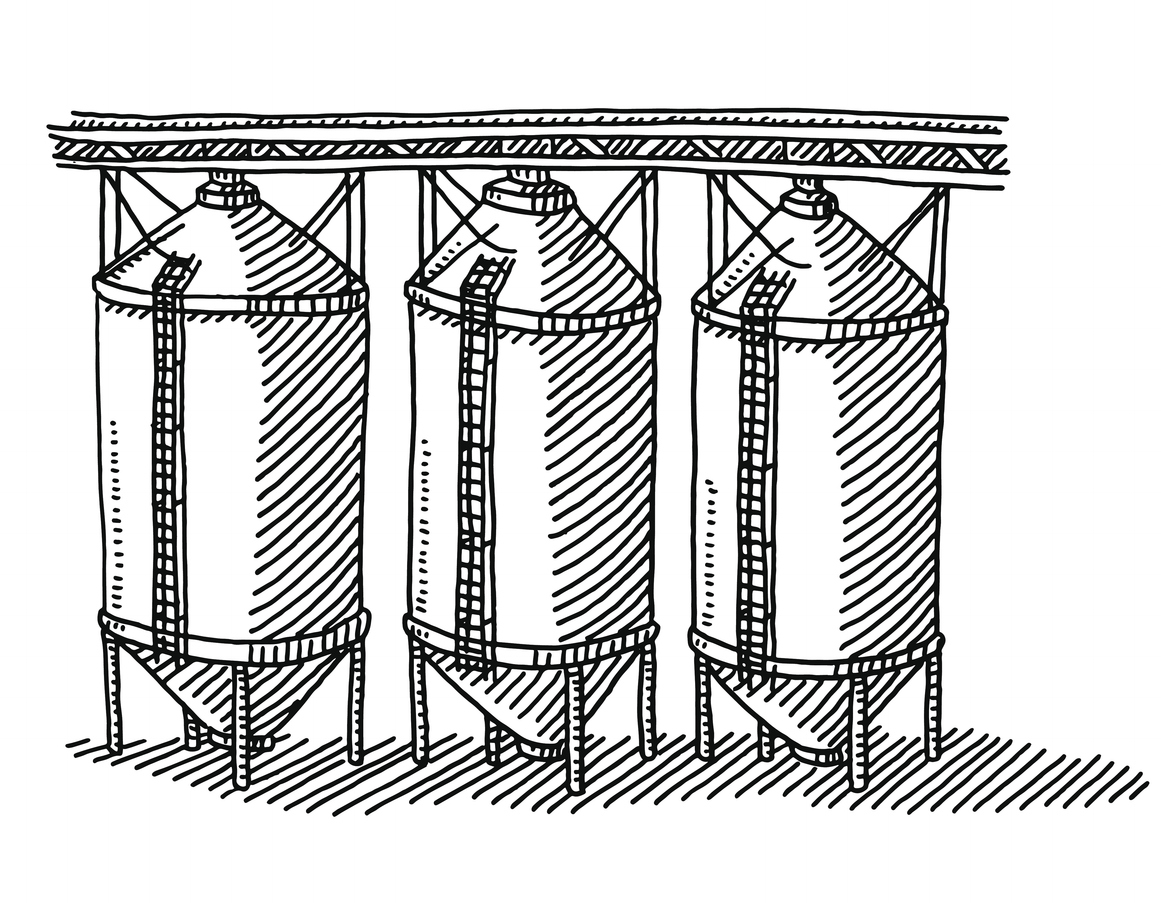Commercial Pesticide
-

European hornets are widespread across much of the eastern United States. Native to Europe and Asia, they were accidentally introduced to North America in the mid-1800s. The European hornet is the largest species found in the United States and is particularly common in Georgia.
Shimat V. Joseph
|
-

Pesticide applicators should visit the Bulletins Live! Two website to determine if they are located within a pesticide-restricted or limited area, known as a pesticide use limitation area (PULA). These restrictions protect endangered and threatened species from adverse effects. This publication provides users a step-by-step guide on how to navigate this website and access the information needed for applications and recordkeeping.
Taylor Randell Singleton, Stanley Culpepper, and Eric P. Prostko
|
-

This integrated pest management (IPM) guide for blackberry and raspberry production includes management of diseases, insects, and weeds through IPM principles. Topics include pesticide stewardship and safety, insect and disease control, pre-transplant and transplant operations, fungicides and insecticide efficacy comparisons, and spray schedules, weed management, wildlife damage, and more. Recommendations are based on information from the manufacturer’s label and performance data from research and Extension field tests. Specific rates and application methods are on the pesticide label, and these are subject to change at any time. Published in cooperation with the Southern Region Small Fruit Consortium.
Phillip M. Brannen and Jonathan E. Oliver
|
-

This publication provides current guidance for insect, disease, and weed control in commercial pecan orchards.
Lenny Wells, Apurba Barman, Timothy Branner Brenneman, Timothy Lane Grey, William G. Hudson, Wayne Mitchem, and Andrew Sawyer
|
-

This guide covers multiple states and production areas. Pest problems vary across the Southeast. Pesticide rates are a guideline. Exceptions are noted for specific locations and pests, but this guide does not list every exception. Listed pesticides may not be registered for the uses recommended here in all states.
This guide is to be used only by commercial growers. Observe all label precautions and recommendations. Brand names of pesticides are given in the spray schedule as a convenience to the grower. They are neither an endorsement of the product nor a suggestion that other products with the same active ingredient are not effective.
Phillip M. Brannen, Dario Chavez, Brett R Blaauw, and Allison Faye Johnson
|
-

SB 28-15
Corn and Field Corn
Commercial insect and weed control in corn and field corn. Updated annually.
G. David Buntin, Eric P. Prostko, Robert C Kemerait Jr, and Allison Faye Johnson
|
-

Commercial insect and weed control in summer and winter temporary grazing. Updated annually.
William G. Hudson, G. David Buntin, and Allison Faye Johnson
|
-

SB 28-08
Stored Product Insect Management
Additional resources from the GPMH Commercial Edition.
Allison Faye Johnson and Michael D Toews
|
-

SB 28-16
Cotton
Commercial insect and weed control in cotton. Updated annually.
Phillip Marion Roberts, Stanley Culpepper, Robert C Kemerait Jr, Allison Faye Johnson, Camp Hand, and Michael D Toews
|